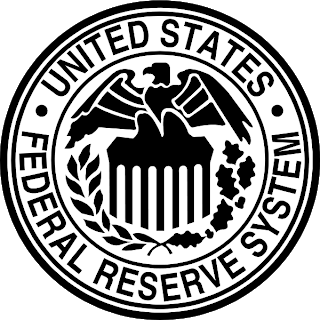The Federal Reserve’s two-day meeting concludes Wednesday. To the extent the FOMC meeting is ever routine, this should be it. Its forward guidance evolved at the end of last year. The “considerable time†between the end of the asset purchase program, which it never called quantitative easing, and the first hike has been replaced with “patienceâ€. Â

At Yellen’s first press conference last year, she abandoned the Fed’s purposeful, strategic ambiguity and suggested “considerable time†was around six months. She again yielded to temptation in December to define “patience†as a couple of meetings. Â
The January meeting is covered by that forward guidance. It is unlikely to change. The next meeting in March is a different story. If the Fed wants to prepare the market for a potential rate hike in the middle of the year, the March meeting, which will see updated macro-economic forecasts and a press conference, is more important. Patience at the March meeting would seem to preclude a June hike.Â
Economic activity has unfolded largely as the Federal Reserve anticipated. Its macro-economic assessment is unlikely to have changed dramatically over the past six week. There was an unusual large number of dissents at the December meeting. Not only have those regional presidents surrendered their votes on the FOMC amid the annual rotation, but all three have indicated plans to resign this year.Â
The decline in yields at the short-end of the curve, including the Fed funds and Eurodollar futures, suggest that the consensus expected a June hike may be fraying. There are three reasons for the creeping doubts, and they are related to each of the Fed’s three mandates: price stability, full employment, and financial stability.Â
At heart of the matter are developments in Europe. The decline dramatic decline in the euro and European interest rates is spurring a strong dollar rally. The dollar’s appreciation will, the argument maintains, will undermine US exports and growth, slowing progress in the labor market. The dollar’s rally will further depress prices. The Fed’s preferred measure of inflation has been below target for nearly three years. The flow of capital out of Europe may endanger US financial stability.

